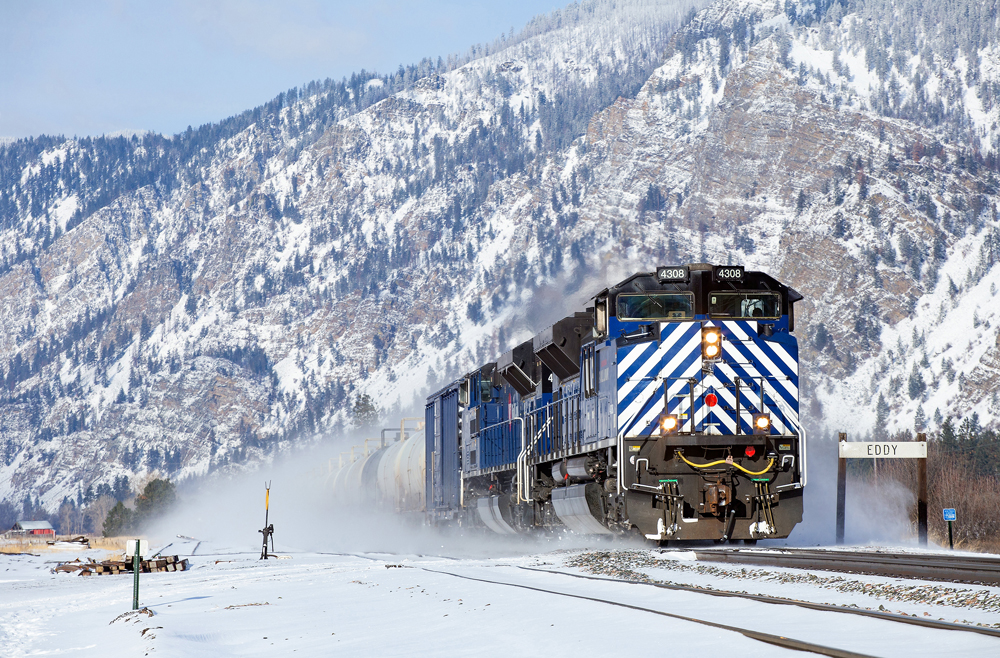
WASHINGTON — The Surface Transportation Board today approved Montana Rail Link’s plan to terminate its lease with BNSF Railway, paving the way for BNSF to regain control of the former Northern Pacific main line between Jones Junction, Mont., and Sandpoint, Idaho.
Although the STB’s decision is effective on April 7, the date for BNSF to take over remains up in the air. “With the STB decision, MRL and BNSF will begin the transition which is estimated to be complete by the end of the year,” BNSF said in a news release today.
MRL announced in January 2022 that it was terminating the 60-year lease that was scheduled to expire in 2047. The STB decision allows MRL to discontinue service over 656.47 miles of non-contiguous rail line, which are leased from BNSF, and to discontinue MRL’s bridge-only trackage rights over 96.04 miles of rail line owned by BNSF.
The former MRL will become the MRL Subdivision of BNSF’s Montana Division. BNSF has pledged to retain all of MRL’s 1,200 union and non-union employees in their current jobs, with similar pay, benefits, and seniority, and has reached agreements with the labor unions representing MRL employees.
“Joining these two great railroads — both with strong ties and rich traditions — opens new opportunities and broader horizons for our collective teams, our families and the customers and communities we’ve worked together to serve for many years,” BNSF CEO Katie Farmer said in a statement.
Since leasing the trackage from Burlington Northern in 1987, MRL grew to become a critical segment of BNSF’s routes from the Midwest to the Pacific Northwest, part of NP’s “Main Street of the Northwest” main line.
Bringing the former Northern Pacific main line under the control of one railroad will eliminate the need to interchange and enable BNSF to invest in capacity on the route, from train crews to passing sidings.
Montana Rail Link began operations on Oct. 31, 1987, under a 60-year lease from Burlington Northern. BN had excess capacity across Montana, favored the former Great Northern main line, and was saddled with antiquated labor contracts. So it sought to unload the 655-mile former Northern Pacific between Jones Junction and Sandpoint.
BNSF spent about $2 billion to terminate the lease, which it had sought to undo over the years.
Missoula-based MRL remained fiercely independent since it was founded by entrepreneur Dennis Washington. The railroad is part of The Washington Companies, a privately held conglomerate.
MRL ranks among the largest regional railroads in the U.S. and is likely tops when measured by revenue. MRL’s revenue was approaching $500 million in 2020, which prompted the company to ask the STB to raise the $504 million revenue threshold for what constitutes a Class I railroad.
Note: Updated at 12:13 p.m. Central Time with comment from BNSF Railway.






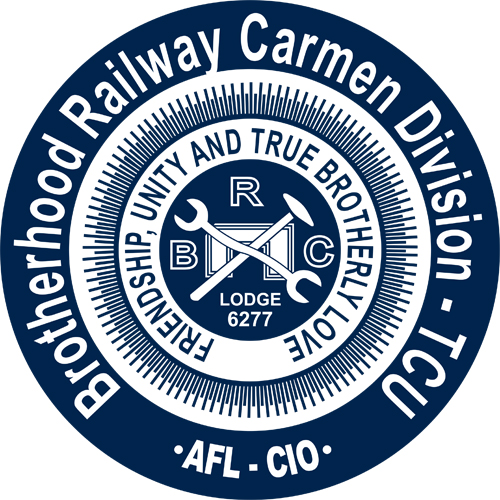
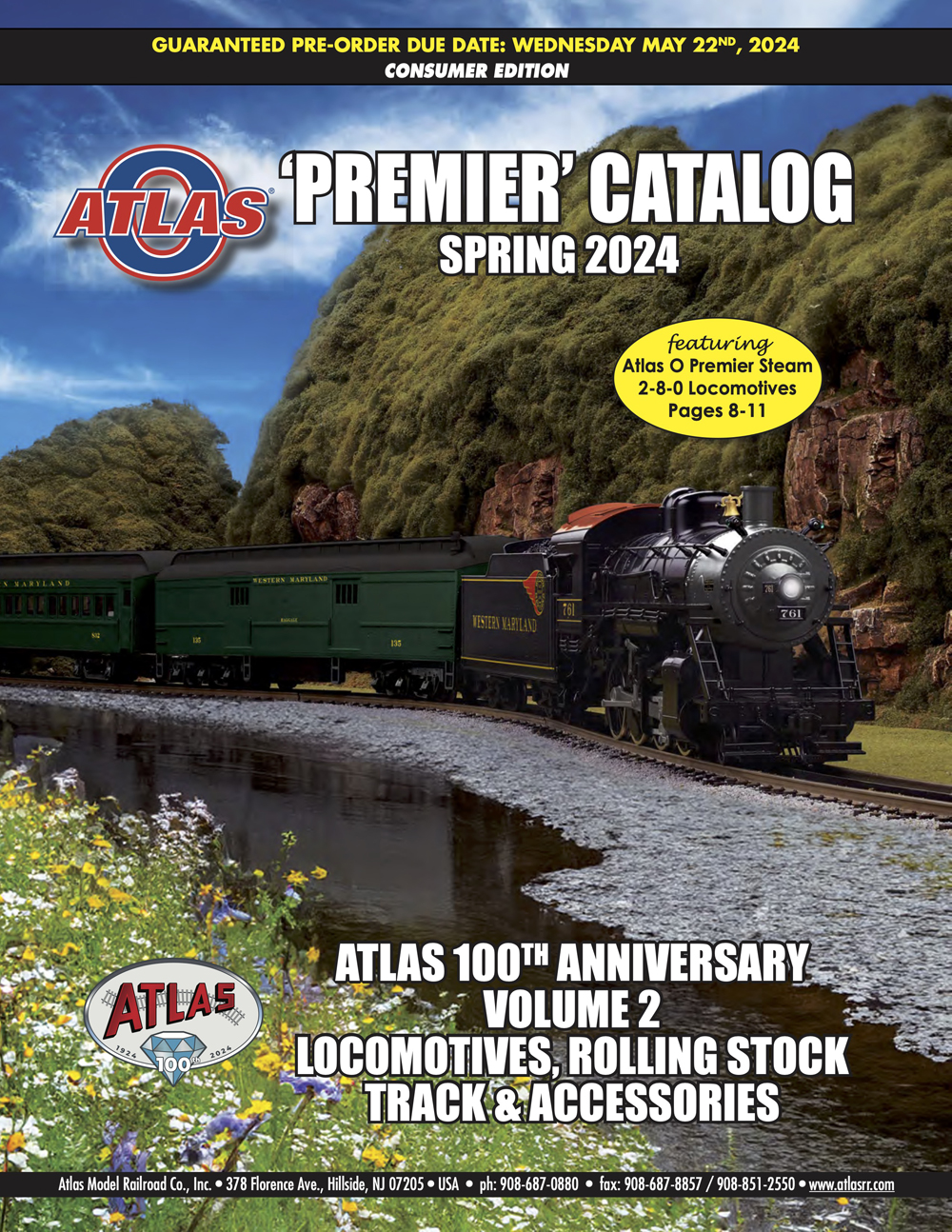
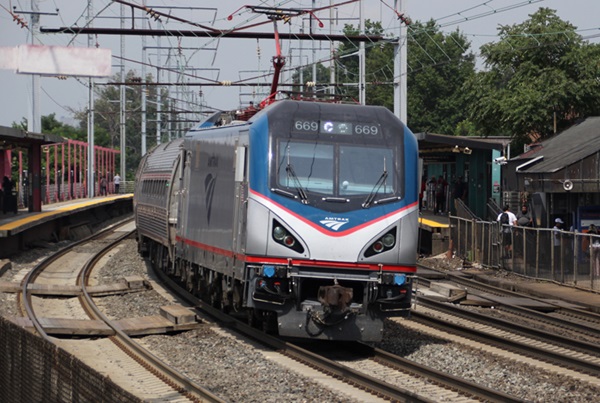
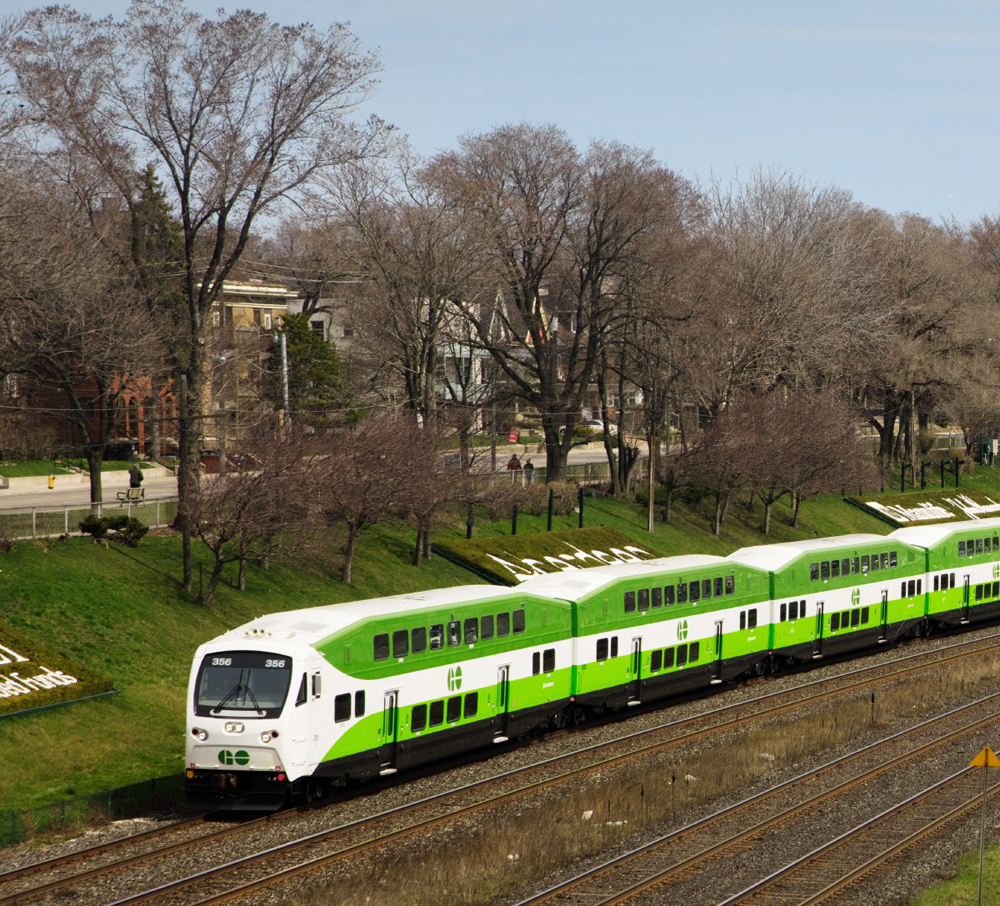




I happened to be in Livingston the day of MRL’s start up. The big story was that someone turned a set of locomotives loose that derailed on Bozeman Pass. I do not think the culprit has been caught to this day.
That was about the same time the SP&S was pulled up.
From what we have been told the dispatchers are to stay in Missoula, as for the non union employees in the office they don’t know what is in store for them.
Dave Lloyd
Locomotive engineer MRL Missoula
I don’t remember who the CEO of the BN was, but he was NOT a railroad man. One clerk from Northtown moved to Laurel after the 1970 merger (the west end of our seniority district) and was privy to the debacle. The BN was sorry they signed it before the ink was dry on the document. Krebs wanted to get the MRL back, but did not have the money back to do it. Warren Buffet did and now it will be done.
Dennis Washington has been laughing by the stupidity-once the BN trains are on MRL tracks, they are MRL trains. BN tried to starve out MRL with less train traffic, but I did not work.
Ed Burns
Retired Clerk from Northtown.
Darius Gaskins was the CEO who spun off MRL. With help from his lapdog on the ICC Heather Gradison
As all TRAINS readers have read over the years, BN wanted to rid itself of the unionized ex-NPRR crew base at Livingston. Or so it has been reported in TRAINS. (I wouldn’t know myself … TRAINS is my only source of information.) Of course with the passage of time none of those guys are still around. I don’t know how many ex-NPRR at Livingston were taken on by MRL … if any were, they’d be retired or deceased by now.
TRAINS did not get into detail as to why supposedly BN considered the Livingston crew base toxic, or what differentiated it from other unionized crew bases on BN or any other railroad. TRAINS readers were left to guess.
As I said. I’m just repeating what I read in TRAINS. Can’t say if it’s true or not.
Well, the 31 years from 1957 to 1987 inclusive were a period of constant upheaval for railroaders in Montana:
1957: The release of the Wyer report which stipulated which routes would be primary for a merged CB&Q-GN-NP-SP&S. In Montana, while the ex-NP line west of Billings would be a main route for traffic from Kansas City/Denver to the Pacific Northwest, the ex-GN route would be the primary Northern transcontinental route due to its superior operating characteristics.
1961: GN-NP-CB&Q filed for merger and the emergence of the Livingston “Anti-Merger” committee. Its opposition to what would become the BN merger was predicated on that traffic would be reduced through Livingston (operating via Havre instead). After it was discovered that most people considered moving traffic to a more-efficient route to be logical, the group changed tactics claiming BN would be a “monopoly” and claiming that any merger should include “retribution” of sorts to the government because the NP was a land-grant railroad.
1961: The discontinuance “Olympian Hiawatha” with the Milwaukee Road being freight-only in Montana by early 1964.
1967: The removal of most Railroad Post Offices which hastened the discontinuance of passenger trains. NP almost immediately applied to the ICC to discontinue the St. Paul-Seattle “Mainstreeter” through Livingston.
1968: The BN merger which was supposed to take effect was stayed by the Supreme Court.
1970: The Burlington Northern merger is consummated including concessions to the Milwaukee Road.
1971: Amtrak is created. A route through Livingston was not part of the original system, though one was added in short order due to the power of Montana Senate Majority Leader Mike Mansfield. BN inaugurates the “Pacific Zip” on the fastest schedule ever for a freight train from Chicago to Seattle (via Havre) at 50 hours. The Milwaukee adds time to its “XL Special” in response.
1973: The Milwaukee Road again asks for inclusion in Burlington Northern, which was rejected by BN the following year.
1977: Following several money-losing years, the Milwaukee Road enters bankruptcy.
1979: The Milwaukee Road files to abandon all its lines west of Miles City; Amtrak discontinues the North Coast Hiawatha through Livingston. Again, “monopoly” and “land grants” are terms in frequent use debating the issues in Southern Montana.
1980: The country enters recession. The Milwaukee Road is embargoed west of Miles City on March 15. The Staggers Rail Act is effective October 14.
1986: BN subleases the railroad (the original lease was by the NP from the UP in effect until 2885) between Garrison and Butte to shortline Montana Western, which is the second such railroad by that name, the first being one between Conrad and Valier. (The lease ensures that the MRL – to be created the next year – would not have direct interchange with UP at Silver Bow). BN closes the Livingston, Montana roundhouse.
1987: BN leases its main line (except between Helena Jct. and Phosphate which occurred in 1992) between Jones Jct., Montana and Sandpoint to Montana Rail Link causing chaos for operating employees throughout Montana. As a general rule, those with 12 or more years seniority opted to displace younger workers in places like Havre, Great Falls and Whitefish, and those with fewer years hired on with MRL. (An exception was trainmen – there were no UTU employees on MRL.) Some of the employees had proactively hired on with Amtrak at the new crew base in Shelby, also established in 1987. On the bright side, the MRL is granted guaranteed traffic to ensure its “success.”
Without doubt, the years 1957-1987 were a period of nearly unprecedented tumult within Montana, especially in the Southern part of the state. But you can see where during this period, those folks in Livingston had a whole lot to be unhappy about.
Something for the TRAINS Newswire people to research: After 35+ years as MRL, will the archaic hyperexpensive helper crew agreements at Livingston and Helena be reinstated? I bet the answer will surprise you.
Regarding the Dispatchers and other Missoula office employees, will they remain in Missoula or be sent to Fort Worth?
Of course, the dispatching will be done at operations headquarters in Fort Worth, that is the key point of the lease buyback, centralized coordinated operation of the line. The spinoff was a mistake from day one, one of many by an inept CEO.